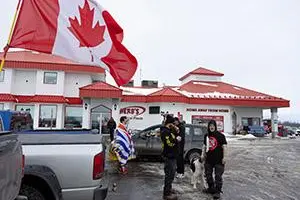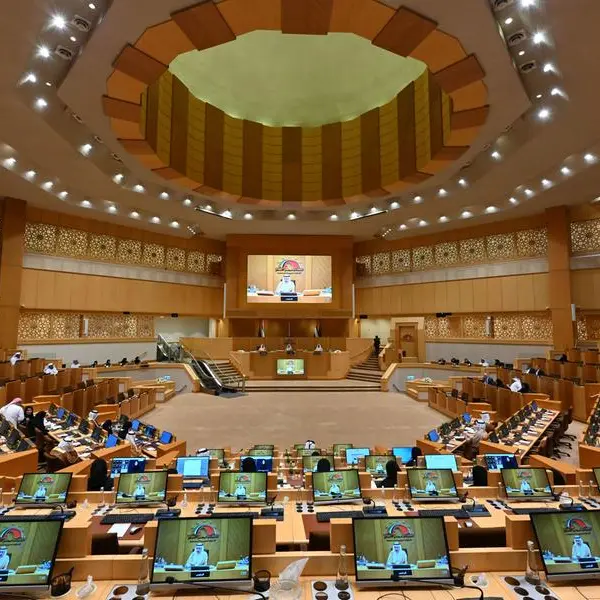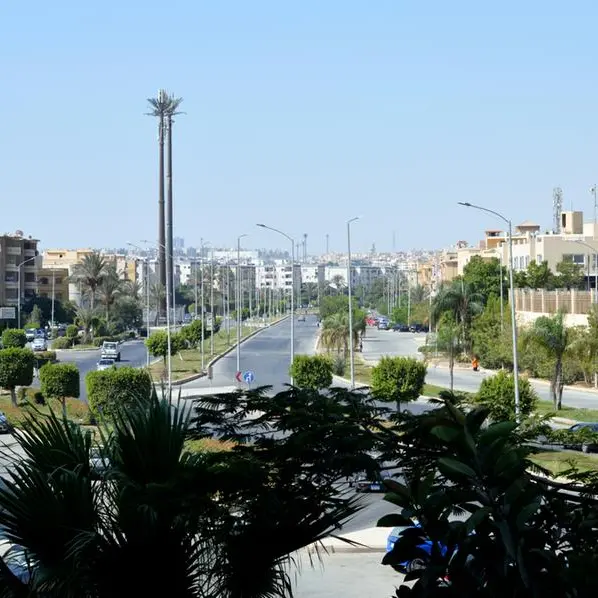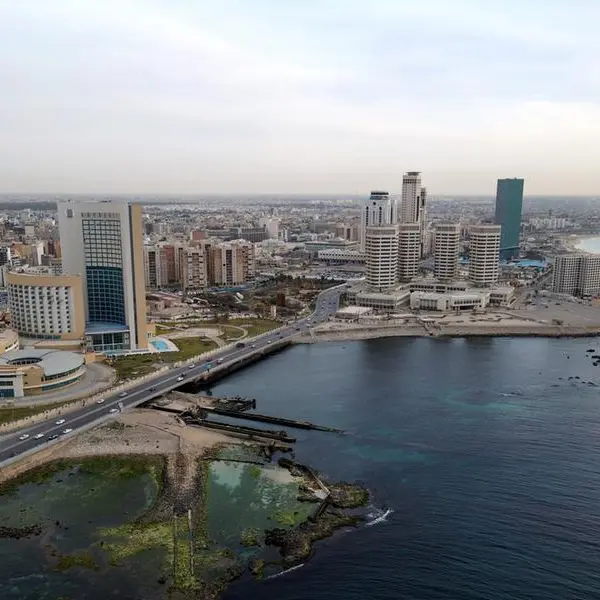PHOTO
(Refiles to add links. The author is a Reuters Breakingviews columnist. The opinions expressed are her own.)
TORONTO - Canada’s trucker protests are not the only economic blockade the country is contending with. The paralysis of Ambassador Bridge, a critical border route to the United States, has highlighted Canada’s reliance on its largest trading partner. Yet interprovincial barriers also hobble the economy. Removing them ought to be an easier boost to trade than grappling with the U.S. border.
Demonstrations by Canadian truckers that began as opposition to Covid-19 restrictions spiraled into sweeping protests against Prime Minister Justin Trudeau’s government. The bridge between Windsor, Ontario and Detroit facilitates around $400 million of trade a day, according to University of Toronto professor Ambarish Chandra, and it was effectively closed for six days.
Canada's dependence on trade with the United States isn't likely to change much any time soon, and improving cross-border infrastructure is complicated. But the blockade should focus minds in Ottawa on resolving another longstanding Canadian trade quirk: internal borders between its 10 provinces and three territories. Restrictions on transporting alcohol, limitations on hours when heavy trucks can cross into neighboring regions and the local licensing of jobs are all hurdles to the free movement of goods and people.
Removing these trade barriers could boost real GDP by 3.8%, according to a November analysis by Deloitte, modeled on an International Monetary Fund study. That's the equivalent of more than a year's extra economic growth at the pace that prevailed leading up to the pandemic. It could also lift average Canadian wages by 5.5%. Meanwhile, trade between provinces from 2004 to 2012 behaved as if a 6.9% tariff had been in place, according to Statistics Canada estimates.
Although Trudeau's government earmarked a modest-seeming C$21 million ($17 million) in its 2021 budget to boost internal trade, there are still a surprising number of exceptions. The government has lifted federal impediments to transporting alcohol for example, but plenty of power lies in the hands of provinces and territories.
The trouble is, local protectionist tendencies make it hard to change the status quo. But unlike the temporary closure of a bridge, hurdles to internal trade represent ongoing damage to Canada’s competitiveness. It's worth the effort to scrap them.
CONTEXT NEWS
- Canadian police on Feb. 20 ended a three-week occupation of parts of Ottawa which began Jan. 28. The trucker-led protests, also known as the Freedom Convoy 2022, began in opposition to Covid-19 vaccine mandates, but evolved into larger anti-government demonstrations.
- Canadian Prime Minister Justin Trudeau on Feb. 21 said his government still needed temporary emergency powers, citing concerns about threats in the coming days, Reuters reported, a move that was backed by parliament. Trudeau had earlier activated rarely used emergency powers in an effort to end protests that had shut down U.S. border crossings and caused disruptions in the capital.
- A six-day blockade by truckers of Ambassador Bridge, a key trade link between the United States and Canada, ended on Feb. 13. It caused disruptions to automakers including Ford Motor, General Motors and Toyota Motor, which had to cut production.
(Refiles to add links. The author is a Reuters Breakingviews columnist. The opinions expressed are her own.)
(Editing by Richard Beales and Pranav Kiran) ((For previous columns by the author, Reuters customers can click on LAM/ SIGN UP FOR BREAKINGVIEWS EMAIL ALERTS https://bit.ly/BVsubscribe | sharon.lam@thomsonreuters.com; Reuters Messaging: sharon.lam.thomsonreuters.com@reuters.net))




















